 The vengeance that Iraq’s Shiite militias mete out as they fight the Islamic State group can be just as brutal as that of their sworn sectarian enemies.
The vengeance that Iraq’s Shiite militias mete out as they fight the Islamic State group can be just as brutal as that of their sworn sectarian enemies.
In a grisly video recently posted online, a Shiite fighter shouts the name of a revered imam in victory as he poses beside decapitated bodies. Another militiaman sits nearby, grinning as he maims a corpse.
One bearded militiaman explains the bodies are those of fighters who “killed our comrades.” Another man shouts, “Our fighters were good guys. These are dogs.”
The Shiite militias who have answered the call-to-arms by the government to fight the Islamic State group are growing more brutal, stoked by a desire for revenge against the Sunni extremists who have butchered Shiites who fall into their hands.
That vigilantism is posing a challenge for the Shiite-led government in Baghdad, where authorities have been embarrassed by international criticism of the militias and are worried about militiamen getting out of control. Sunnis whom the government is trying to win over accuse the militias of atrocities against their community, and there are concerns over the militias’ links to Iran and Lebanon’s Shiite Hezbollah guerrilla group.
At the same time, the state can’t do without them. The Iraqi army melted away in June when the militants overran the northern city of Mosul and has struggled since to regroup. The tens of thousands of fighters in about half a dozen Shiite militias have filled the void. Militias have been credited with many of the recent battlefield victories south and west of Baghdad, while in the north, Iraqi Kurdish peshmerga fighters backed by U.S.-led airstrikes have taken back some territory that fell to the Sunni militants this summer.
“The intervention of the Shiite volunteers was vital to saving Iraq,” said Shiite lawmaker Faleh Hassan, who joined the Kataeb Hizbollah, one of the most prominent militias. He said he was answering the call by Iraq’s top Shiite cleric, Grand Ayatollah Ali al-Sistani, to help fight the extremists.
He said he fought in the battle that broke the extremists’ siege on the Shiite-majority town of Amirli in August and later participated in operations to liberate Jurf al-Sakher, a town south of Baghdad.
He acknowledged “some misdeeds done by some Shiite fighters.” But, he said, “such practices happen during wartime.”
Last month, Amnesty International said Shiite militias are increasingly to blame for kidnappings and retaliatory killings of Sunnis. There have been instances of Shiite militiamen killing captured militant fighters — or Sunnis they presume to be with the group — though not on the scale of the Islamic State group, which has boasted of killing hundreds of captured soldiers, militiamen and members of minority groups over the past five months.
Several videos posted online seem to be intentionally made by the Shiite militiamen to show off atrocities and intimidate opponents.
None of the videos explain where or when the events shown took place, and their authenticity could not be independently verified. But regional Iraqi accents are spoken throughout the videos, and they correspond to events reported by The Associated Press.
In one video, a militiaman in a uniform with the Kataeb Hizbollah logo is seen propping up the head of a bearded man on a stick next to a decapitated body.
“Why don’t you burn him,” asks another militiaman.
“You don’t need to do that,” a third says. “You already beheaded him.”
In another, a masked militiaman stands next to a blindfolded man in handcuffs.
“This dog is a member of Daesh,” the fighter says, using an Arabic acronym for the Islamic State group. “As vengeance for the Shiite martyrs … we will slaughter them as they did us,” he continues, his hand motioning across the neck as his fellow fighters cheer. The video does not show the man actually being killed.
Some of the Shiite groups have sought to regulate their fighters.
On Oct. 31, the powerful Asaib Ahl al-Haq militia announced the expulsion of 49 members accused of “using the name of the Islamic resistance … to carry out their crimes.” The statement had no details, saying only that the expulsion was “in the wake of increasing kidnappings and blackmail.”
During August fighting for Amirli, fighters loyal to the powerful Shiite cleric Muqtada al-Sadr were filmed carrying the heads of Islamic State militants they had killed.
The clip forced al-Sadr to issue a statement urging the Peace Brigade militiamen to keep their reputation “pure.” He also urged his followers to treat Islamic State captives ethically, adding, “Nobody should act the same way the terrorist are.”
Prime Minister Haider al-Abadi, a Shiite who took over the post in September, has vowed to rein in the militias to avoid stoking more tensions with the Sunnis.
Sunni lawmaker Raad al-Dahlki, from the mixed province of Diyala, said some Shiite militiamen are “carrying out a sectarian cleansing” of the Sunnis in parts of Diyala and Baghdad.
“I am afraid that at some point, these militias will be stronger than the government itself, they will be a state within the state,” said al-Dahlki.
Among ordinary Iraqis, the Shiite militiamen inspire a mixture of fear and admiration as they roam the streets in government SUVs with tinted windows and without license plates, whizzing through police and army checkpoints, no questions asked.
In the mind of many, the militias have become more powerful than the army.
A photo circulating on Facebook shows an Iraqi soldier saluting Shiite militiamen, dressed in civilian clothes, climbing onto the back of a truck taking them to the frontline. A mocking caption reads: “For the first time, we see an army saying farewell to civilians headed to battle.”
Ali Mustafa, a Shiite resident of Baghdad, said militias have helped “keep the terrorists away from Baghdad.”
“The Shiite volunteers did the job instead of the collapsing army,” Mustafa said.
(AP)




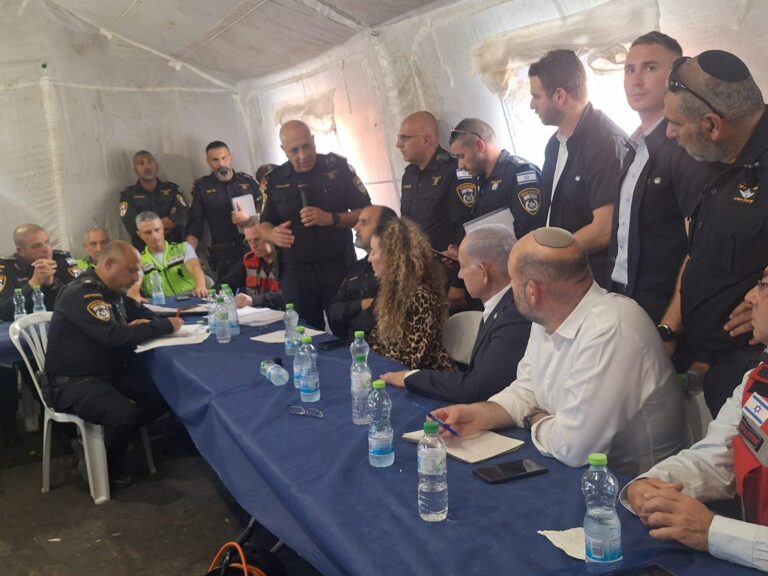

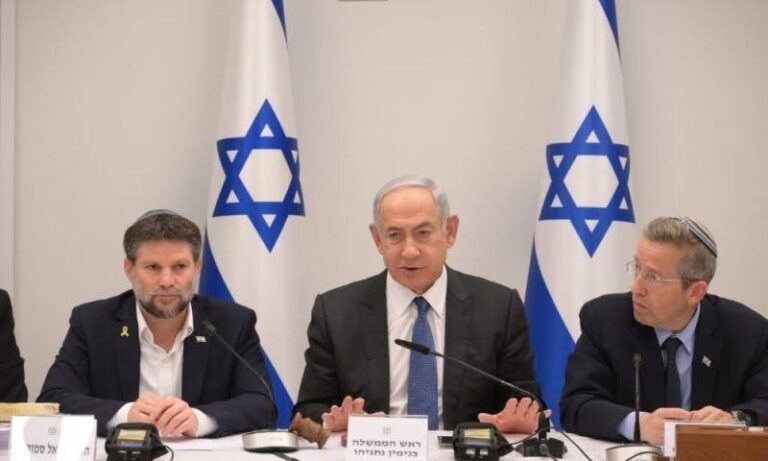
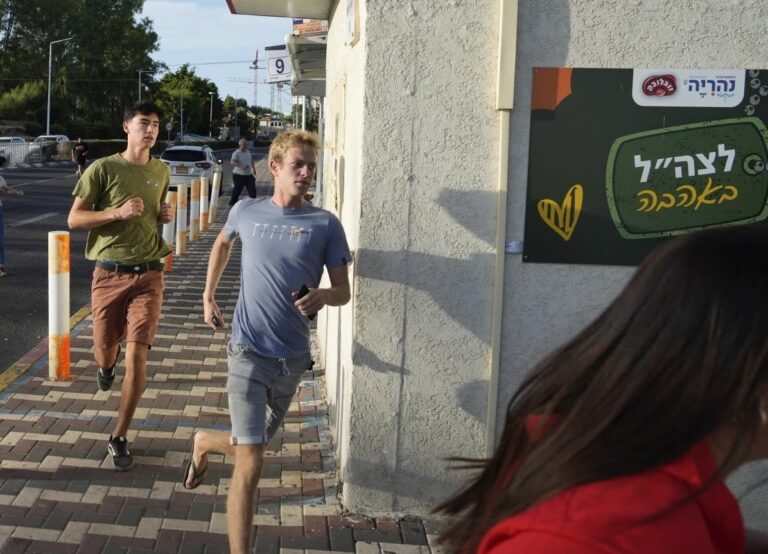
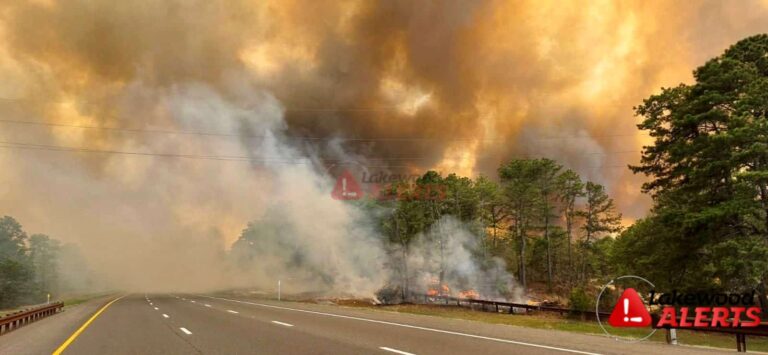

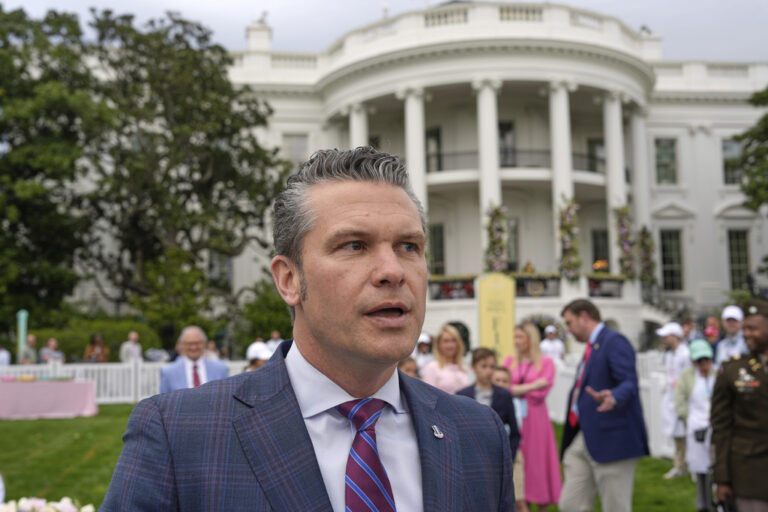
One Response
LOL, may both sides continue to do this to EACHOTHER.